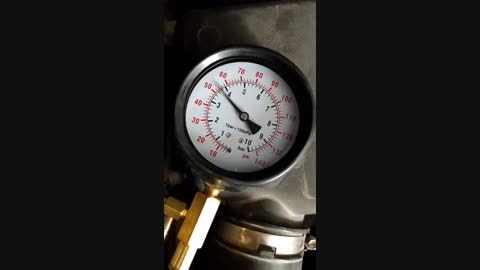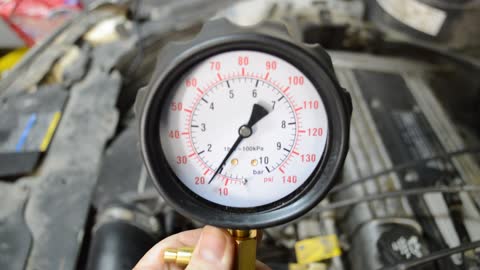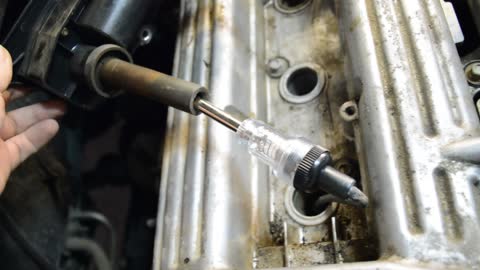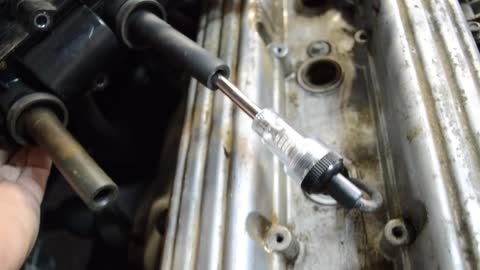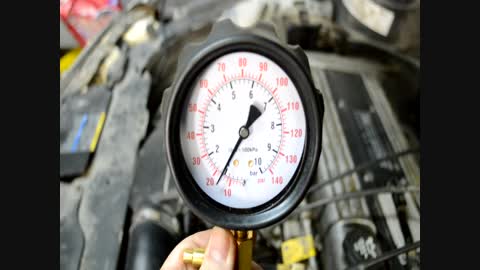P0101 - Mass or Volume Air Flow Circuit Low Input
P0171 - System too Lean (Bank 1)
If you go to this page:
https://www.2carpros.com/trouble_codes/obd2
You can find more information for each fault code by clicking on the code numbers highlighted in blue.
You have done a lot of work already to find the cause of this stalling. Have you checked for spark and fuel pressure when the engine will not restart? If you are losing spark, we should consider the crankshaft position sensor or camshaft position sensor. Those often fail on any engine brand by becoming heat-sensitive, then they work again after they cool down for about an hour. The clinker here is loss of one of those signals results in loss of spark and the fuel pump will stop running. The dandy clue you observed that you can still hear the pump running for a couple of seconds after the engine stalls indicates the cam and crank sensors were still working.
The biggest clue that smacked me alongside the head was the stalling when coasting. This has happened to me three times on two minivans, and twice on two older cars. The cause was always the fuel strainer on the housing the fuel pump sits in. First thing I would do is rent or borrow a fuel pressure gauge. Attach it to the fuel rail test port, then run it under the rear of the hood and clip it under a wiper arm so you can watch it while driving. The first two I ran into this on, both had carburetor engines, and it was easy to figure out they were starving for fuel. The first time this happened to my 1988 Grand Caravan, it took me four hours to get through Minneapolis with all three interstate bypasses down to two lanes for road construction. Once through the city, the engine ran fine for two hours. The clue, as I figured out later, was the stalling always occurred when the largest volume of fuel was being pumped, which is during coasting. That is why the engine ran fine when accelerating or cruising at highway speed, and stalled when slowing down for turns.
The cause all five times was a plugged pick-up screen on the supply tube in the gas tank. The additional clue is once the stalling occurs, the screen will stretch out and pass fuel again after sitting about five to ten minutes. Had I known it at the time, I suspect I could have made it through the city easier if I had unplugged the vacuum hose from the fuel pressure regulator, and plugged it. That would cause fuel pressure to go too high, with black exhaust smoke and bad fuel mileage, but with the higher return restriction, less volume of fuel would flow back into the tank, and the pump would be able to keep up with demand.
The second time this happened to my 1988 Grand Caravan, it only acted up when dragging a huge tandem-axle enclosed trailer. I had been chasing the problem for almost a year with the fuel pressure gauge attached to the radio antenna. Normal fuel pressure is around 45 to 50 psi. Some engines, GM's in particular, will not start or run with fuel pressure just a few pounds low. My engine ran fine down to 20 psi, and would start to surge and sputter at 15 psi. I found that lifting the accelerator pedal for an instant would cause the pressure to pop back up to 45 psi, then it would slowly drop again over about twenty seconds. I nursed it over fifty miles by doing that.
That screen costs $3.00 for the older cars, and around $12.00 for my Caravans. Running problems are never solved on Chrysler vehicles with gas engines by replacing the fuel filter, but that is not true on other brands. Since it is easier to replace than the in-tank screen, you might try that first if fuel pressure is the issue. The issue is plugged fuel filters act differently than plugged fuel strainers. Fuel filters are not affected one way or the other by time. The engine will be hard to start and the stalling or poor performance will be there right away. Plugged strainers take some time to show up. In my case this was always around fifteen miles, and for some reason, always on the first really hot summer days. I suspect the vacuum created by the pump pulling against the plugged strainer caused it to collapse and block the passage even more. After sitting for ten minutes, the strainer stretches out and will let gas pass again for another few minutes.
The symptoms are different, as I mentioned, with fuel injection. The more load the engine is under, the better it will run. The stalling occurs when the largest volume of fuel must be pumped, which is during coasting. To explain, when a molecule of gas is getting ready to leave the tip of the injector, there are two forces acting on it. One is intake manifold vacuum that is pulling on it, and the other is fuel pressure that is pushing on it. Fuel pressure is basically held constant by the pressure regulator, then the engine computer is programmed to pulse the injectors open a very precise amount of time calculated from manifold vacuum on Chrysler's, and the amount of air passing through the mass air flow sensor on all other brands. The issue is when you are coasting, manifold vacuum goes way up, and that would tug really hard on the gas to pull it out of the injectors. That would lead to an excessively rich mixture, loss of fuel mileage, and increased emissions. To prevent that, the fuel pressure regulators have a vacuum port that is connected to intake manifold vacuum. When vacuum goes up, it pulls on the spring-loaded valve to cause it to maintain a lower fuel pressure. As vacuum increases, fuel pressure decreases, and the net difference stays the same. The rich coast-down mixture is avoided.
Here is where the strainer becomes the problem. The fuel pump is designed to move way more fuel per minute than the engine will ever need. Of the fuel it pumps, only a tiny percentage is tapped off to go into the engine. All the rest, possibly ninety nine percent, goes through the pressure regulator and right back into the tank. The regulator presents a carefully-controlled restriction that keeps fuel pressure at specs. That restriction limits the volume of fuel the pump has to move.
When you are coasting, manifold vacuum acts on the regulator to lower fuel pressure. That means it is a lot easier for the gas to push its way through the spring-loaded valve and go back to the tank. With less restriction, the volume goes way up, and that is when the plugged strainer becomes a factor. Not enough volume can get through it, so pressure starts to drop below what the regulator is set at. The harder the pump works, the more it puts the strainer under a vacuum and forces it to collapse even more and block the pick-up tube.
I do not have an answer as to why this only occurs on really hot days, but the first time it occurred on my 1988 in Minneapolis, it acted up a little in town the next day, then not at all over the entire winter and next spring.
I just started having this problem last week, again, on the first hottest day of summer, after driving forty miles. This is on a 1994 Grand Voyager. It stalled and would not restart just as I coasted into town and my turn-off. A few hours later it started right up, and has been running fine ever since. I am prepared now with a scanner and a fuel pressure gauge for when this occurs again, but I am going to try something new to see if I can learn some clues to helping others identify this quickly. I am going to use a hose pinch-off pliers on the fuel return hose to see if that affects engine performance.
The other potential clue leading up to this is I needed to drive a truck for two weeks, and I let the van sit. Some people express a concern about mold feeding on the alcohol in today's gas, and I am wondering if that is what clogs the strainer. Most other people have just one car they drive every day, so it is constantly getting fresh, new gas dumped into the tank.
To argue against that, I have an 1980 Volare, (carburetor engine), and a 1993 Dynasty, (fuel injected), that get driven so rarely, they both have gas in the tanks that is over five years old. Have not had a problem with either one, but they both have very low miles too, so I am not sure what factors influence this failure.
I did not post a photo of the strainer for your car because the one I found from my online source is very poor and does not show anything of value. At least it is available separately from the pump housing, and the cost is similar as that for my vans.
Friday, May 18th, 2018 AT 3:33 PM
